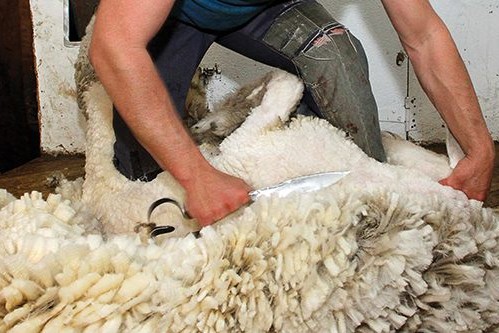I was having a long conversation with a hill country farmer recently and challenged him on his plan to treat his whole flock with one of the persistent acting anthelmintics. Which one was yet to be decided on. A capsule or an injection? I asked how he was off for feed and he replied, very comfortable. So the likelihood of running out was low. How did the ewes look, I asked. Great. They have just scanned 182%, the highest for many years. What was concerning me was that I knew that the farm had a reasonably high level of drench resistance. Triples were the only option left outside the new actives. I tactfully tried to suggest that maybe he did not need to treat the whole flock. They probably did not need it, and such an action would take the farm just one more step towards more resistance.
The reply caught me out when he said that the neighbouring farm had just been sold into trees. He expected his farm to be in the not too distant future so why worry about a worsening drench resistance status? I suggested that this wholesale conversion of good farms into tree farming might not last and his ultimate buyer could be another farmer. That buyer might not pay as much if the drench resistance status was bad. Not that many, if any, farm sales have been upset by the buyer knowing of the poor resistance status. What surprised me was the defeatist sentiment.
Surely the growing evidence that trees are not going to save the world, and the latest utterance from the IPCC reiterating that methane is not the devil that it is being portrayed as, and lowering it at the expense of food production was never their advice, why are we still being incentivised to put in 1000’s of hectares of more trees. In the whole argument, the loss of export earnings from that conversion is not even mentioned.
“The prospect of more or bigger lambs, and so more value, is driving decisions that have long term negative consequences.”
It is interesting though that the decision by the farmer above to use those pre-lamb products is an increasingly common one now that such good lamb prices are being predicted. The prospect of more or bigger lambs, and so more value, is driving decisions that have long term negative consequences. Even if the investment in those products will give a very uncertain economic return.
This whole topic was prominent at a veterinarian’s conference this month. It was my first attendance at such for many years and I heard more about this onslaught of multiple drench resistance. A big topic for another day. Two presentations caught my interest because of what I see as some of the challenges ahead for livestock farmers.
Animal care standard
In one of these presentations the concept of sentience was described and was one that I had heard little about before. Sentience is the capacity to be aware of feelings and sensations, and its relevance here was its application to animals. The implication was that future animal welfare codes will or could take more account of animal “feelings”. I can see this with my dogs but am not sure how I would apply that to my cattle. Please and thank you might be on the cards in the yards. The expectation of higher animal welfare standards in our livestock is happening, whether it is more shade or making them happier.
Another presentation was from our leading animal care society which is promoting an animal care standard that a farm could be certified to have. Most of it was common sense and is what farmers do to keep their animals safe. A requirement that has surfaced before and is applied in other parts of the world is about stock going to the closest slaughter facility. It is a logistical nightmare but some niche meat marketers have used this as one of their points of difference.
However, the animal care standard also contained requirements that showed a lack of knowledge. To maintain the body condition of our breeding females in the upper quintile forgets that they are ruminants and one of the important changes that they use to survive is to flex their condition. Which means some time outside of that quintile. To feed them to not have this flex is unprofitable and makes them less robust. Similarly, not shearing ewes in the winter can have some major animal welfare consequences. It can be done safely. To have credibility such standards need to be based on science and practical experience.
The challenges accumulate but the focus needs to remain on making our farms efficient, productive and profitable. They give the buffer.






